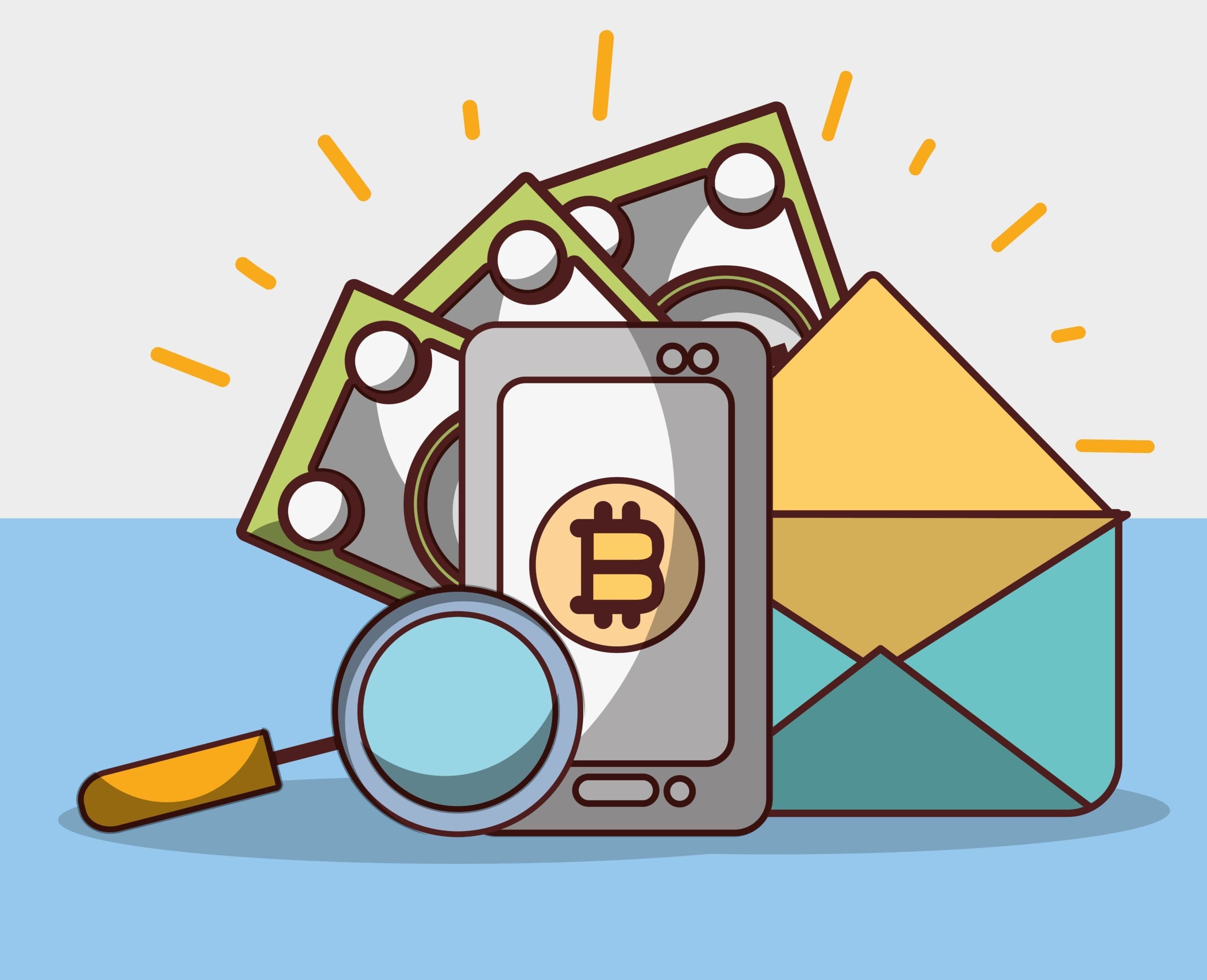The digital payment system is evolving with the crypto industry, with reduced transaction fees, faster global transactions, and no intermediary.
However, as hackers deploy more advanced strategies, the number of cyberattacks is growing.
Most Binance customers with Litecoin (LTC) were fooled by a Litecoin dusting attack after receiving a relatively little quantity of LTC from an unknown source in August 2019. In 2018, Bitcoin users experienced a similar incident.
You might find it weird-how can free cryptos to be odd or a form of attack? What’s a crypto dusting attack, and how can it be prevented? Is it something that should be addressed? Crypto dusting attacks will be discussed in detail in this post.
What’s An Crypto Dusting Attack?
The crypto dusting attack occurs when an unknown source or malicious attacker transfers a very little amount of cryptocurrency (usually Bitcoins or popular altcoins) to hundreds of different crypto wallet public addresses (known as “crypto dust”).
Attackers then monitor these wallets’ transactional actions in order to perform a combined analysis that identifies the firm or individual who owns these crypto wallets (targeting anonymity!).
The dusting attack is a harmful activity that seeks to break through the barriers to keeping Bitcoin and other cryptocurrencies private.
The dusting attack is a technique for stealing a large amount of digital assets from a large number of digital wallets.
The consequences of the attack can be readily avoided if the red flag issue has been identified at the appropriate moment and tiny amounts are not transferred anywhere from the wallet.
However, neglecting the little gift of free cryptocurrencies can be disastrous.
The Objective Of A “Dusting Attack” | Crypto Dusting
The majority of the attacks or frauds aim to steal cryptocurrency or computing funds in order to mine assets.
Crypto dusting, on the other hand, focuses to exploit “anonymity” in order to win the big game and steal funds, information, addresses, and transactional history.
There are several other causes of the attack, including:
- Scammers tend to uncover the identity behind a number of crypto wallet addresses and leave a mark for phishing scams by tracking the addresses of the wallets.
- Low-cost marketing ploy: The distribution of a small number of cryptocurrencies can be a cheap marketing strategy, which has been used by renowned crypto exchanges at one point or another.
- Ultimately, the goal of each crypto attack is to rob cryptos in some manner, which must be prevented under a certain timespan using a variety of techniques.

Notorious Binance – Litecoin Dusting Attack
On August 10, 2018, Binance, a well-known cryptocurrency exchange, reported that 50 Binance-Litecoin addresses have received 0.00000546 LTC from an anonymous source address in their crypto wallets.
Binance’s team got aware of the situation and began investigating the source wallet’s transaction trail.
Following an investigation, it was discovered that over 3,00,000 addresses were compromised (LTC users majorly). The attack had an impact on the entire network, particularly Binance users with active Litecoin addresses.
When the investigation was ended, it was discovered that one of the Russian mining pool firms intended to market their services to Litecoin customers, which was viewed in a Binance dusting attack.
Generally, this is not the intent in most cases, but there have been a few cases where attacks were intended for the advertisement, such as that dusting attack on Litecoin.
What Can You Do To Protect Yourself From Crypto Dusting Attacks?
It is easy to avoid crypto dusting attacks if you take the following precautions:
- Monitor every tiny transaction in your crypto wallet and label it as “Do Not Spend” if it appears suspicious. Verify the transaction originating from the appropriate crypto exchange.
- You can update your wallet address for your transactions or use obfuscating technology like (VPN) to mask your transactions if you want to be absolutely sure that your wallet address won’t be tracked. You simply can not stop someone from transferring dust to your account, but you could still derail the attack’s goal.
- To ensure high-end privacy, crypto wallets with unique features can be selected. For example, some wallets implement the hierarchical deterministic approach, which creates unique public addresses for each transaction, making the wallet’s address nearly untraceable.
- You can use the prior features to prevent attackers from seeing you. For example, using the Litecoin Lightning network to send off-chain transactions that cannot be tracked.
- So, although crypto dusting attacks may be difficult to avoid, selecting crypto wallets carefully, keeping track of transaction histories, and utilising various addresses for transactions can all help reduce the severity of attacks.
Final Thoughts
Cryptocurrencies built on blockchain technology are nearly impossible to disrupt, but as technological advances and strategies emerge, scammers and hackers will stop at nothing to steal crypto enthusiasts’ digital financial assets.
Privacy and security are two of the most significant concerns in the crypto market, and exchanges have already been attempting to guarantee that consumers have a worry-free experience.
Dusting attacks with no significant effects are taken care of seriously together with attacks of ransomware, phishing, crypto-jacking, and many others.
However, as the sector matures, organisations involved in the maintenance of a secure network will be tasked with addressing security concerns.
Since the crypto market is still in its infancy, investors must educate themselves rather than relying solely upon crypto exchanges or wallet providers.
I hope crypto dusting attacks don’t alter your account, and even if they do, you won’t fall for the trap!
Also Read: Crypto Bubbles: Is Bitcoin A Bubble?













Discussion about this post